Encourage healthy competition between your students by using this set of 30 equivalent fraction cards to play a variety of math games.
Equivalent Fractions – Games for the Classroom
Are your students in need of additional practice with equivalent fractions? They still may be working on remembering to multiply or divide the numerator and denominator to create a fraction of equal value. Teach Starter has a set of cards that are ready for you to print and use in your classroom today!
How to Use Our Equivalent Fraction Cards
Whole-Class Activity
Provide each student with a fraction card. Have students stand up and circulate around the room to find their “fraction team.” This means they must gather with all the other students with a fraction equivalent to the one on their card. Once they have found all the members of their fraction team, they must sit down. The winner is the first fraction team to find all their correct members.
Whole-Class Activity
Provide each student with a fraction card. Draw an open number line on the dry-erase board. Have students attach their fraction where it belongs.
Partner Activity
- Memory – students match equivalent fractions to win the pair.
- Snap – students snap when equivalent fractions appear on top of one another to win the pair.
- Go Fish – students ask their partners for equivalent fractions to make a pair.
Individual Activity
Provide each student with a fraction card. Then, have them create a poster about their fraction. It must include everything previously taught.
Make sure to check out additional resources for your equivalent fractions unit!
Easily Prepare This Resource for Your Students
Use the dropdown icon on the Download button to choose between the PDF or editable Google Slides version of this resource.
Print on cardstock for added durability and longevity. Place all pieces in a folder or large envelope for easy access.
Don’t stop there! We’ve got more activities and resources that cut down on lesson planning time:
[resource:2658186] [resource:53860] [resource:57072]
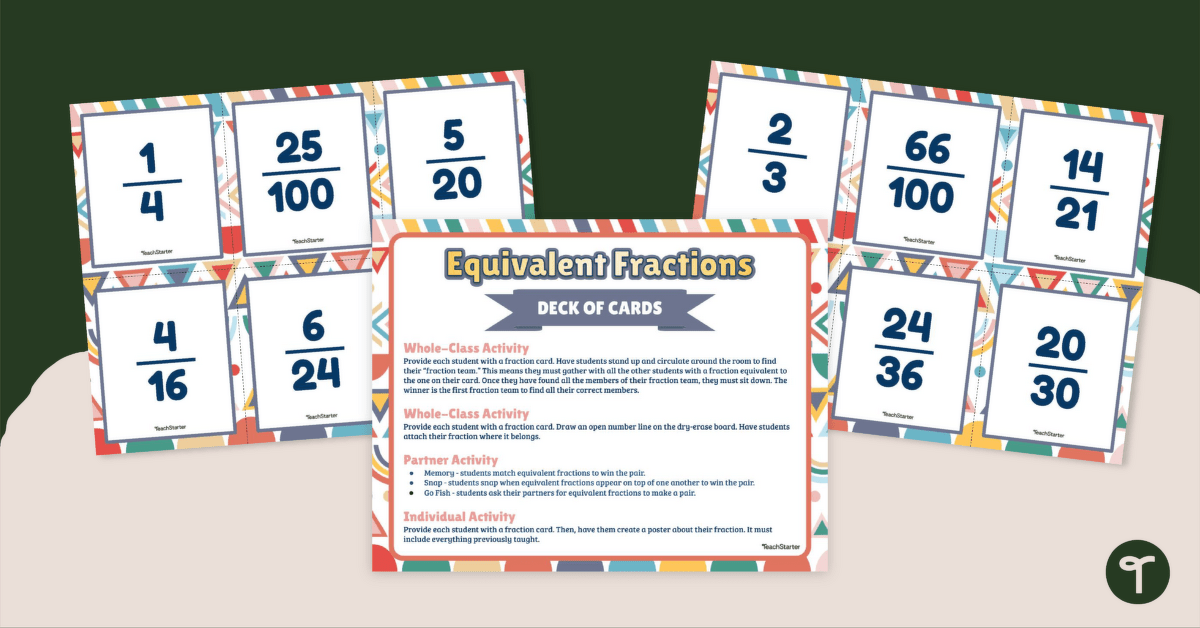

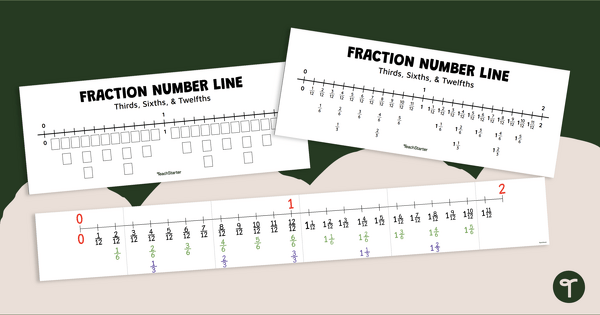
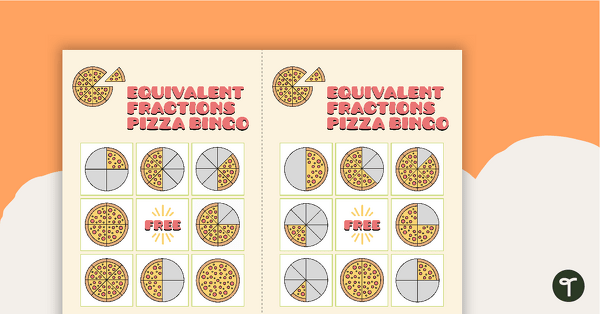
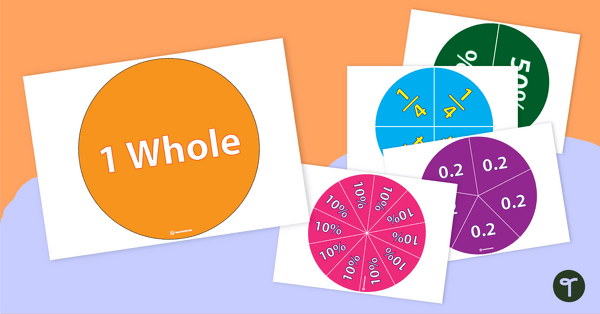
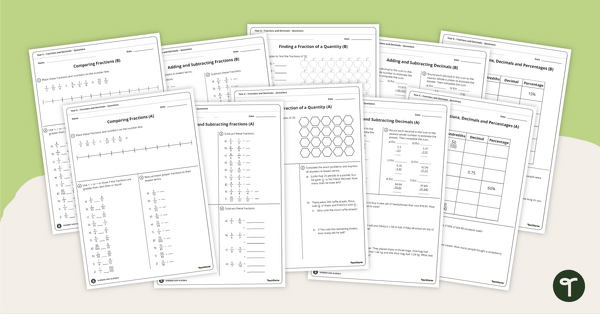
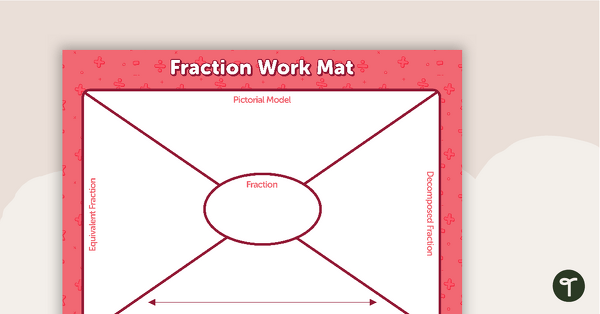
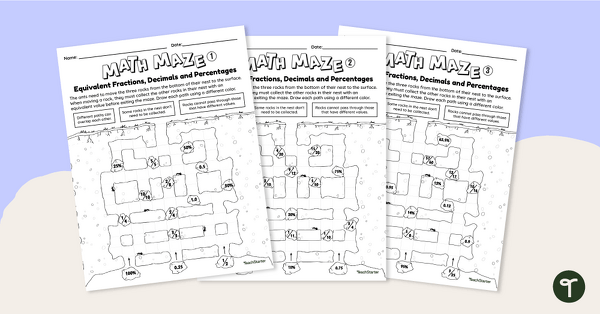
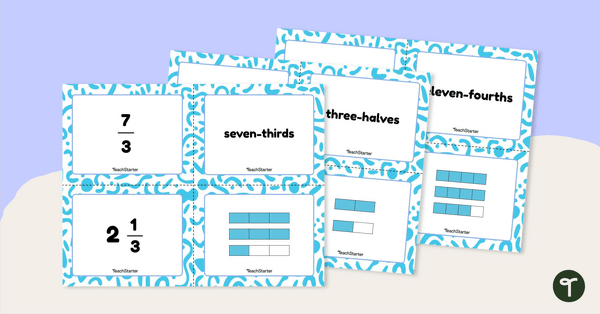
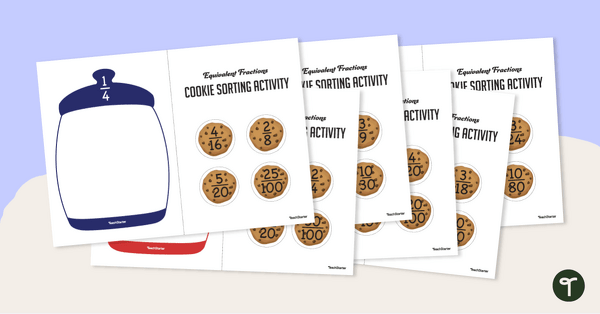
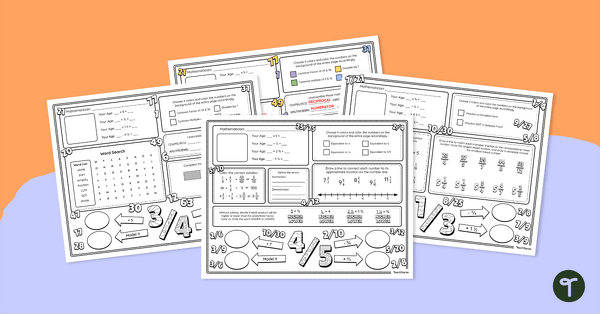
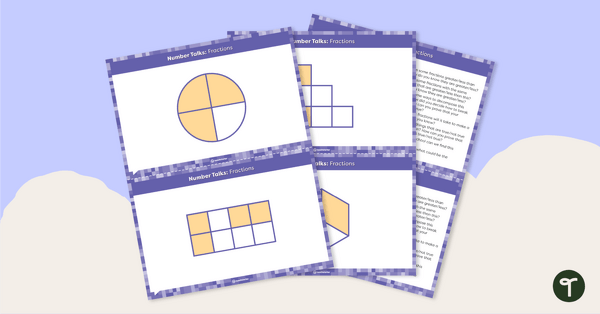
0 Comments
Write a review to help other teachers and parents like yourself. If you'd like to request a change to this resource, or report an error, select the corresponding tab above.